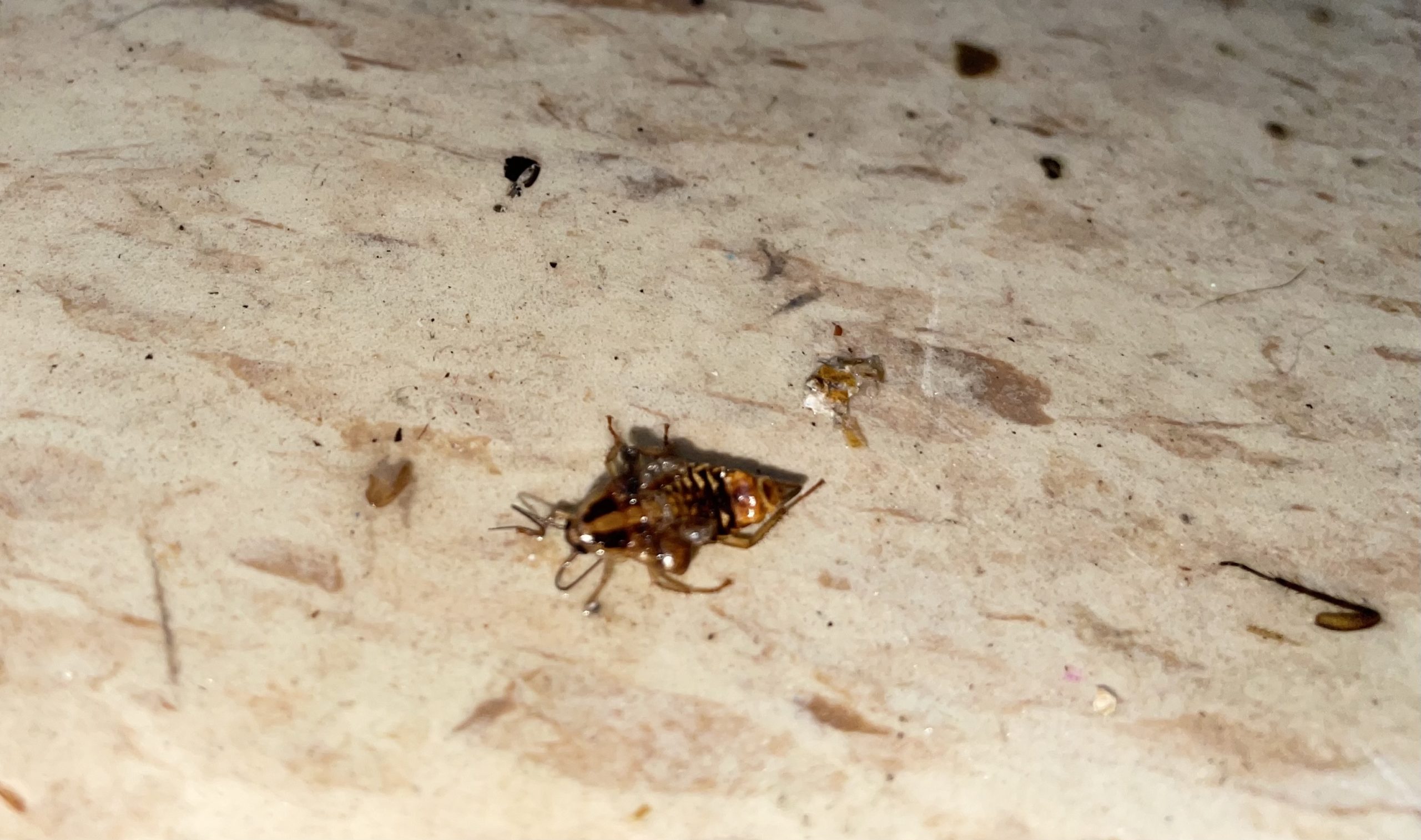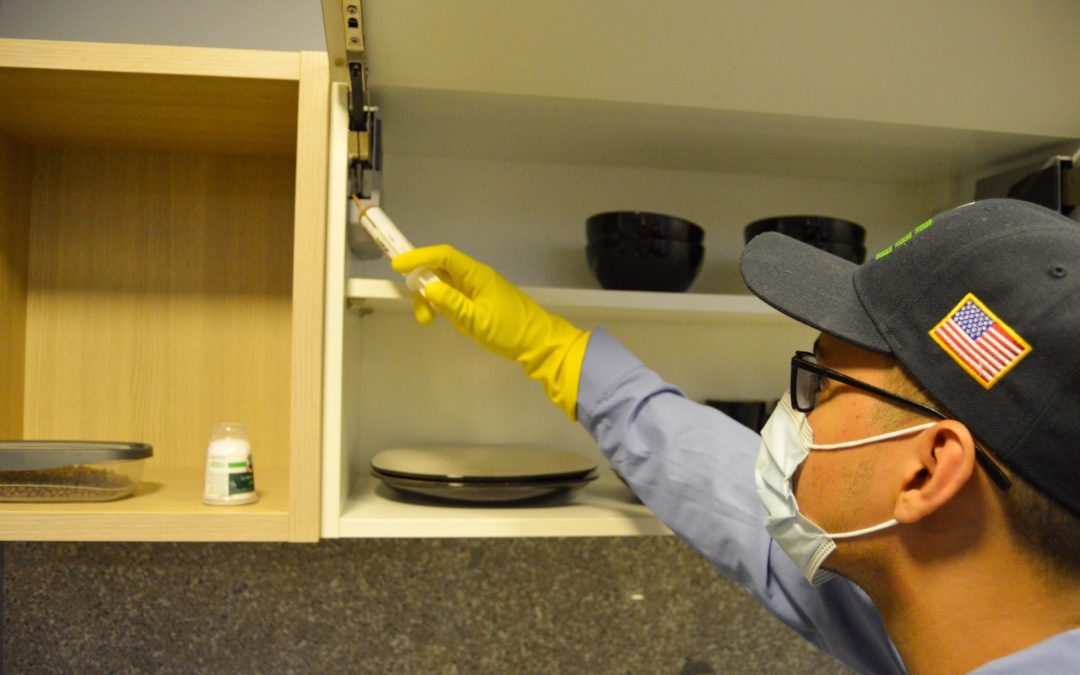In the pest control industry, there are hundreds of cockroach gel baits designed to kill and control German cockroaches. Most gels have something in common, they are made of Pyrethroid, which is an insecticide that has been used for decades. Pyrethroids and DDT are neurotoxins that target receptor site-7 of the voltage-gated sodium channels. By binding to sodium channels, they cause excitatory paralysis of insects followed by death. Even though this has been effective, German cockroaches have developed resistance, and have been transmitting this over generations, making it hard for exterminators to control them efficiently.
SO, WHICH ONE WORKS THE BEST IF THEY DEVELOP RESISTANCE TO PESTICIDES?

The Brand Vendetta, which has two famous gels: Vendetta plus and Vendetta nitro has proven its effectiveness in controlling mild to hard infestations in residential and commercial facilities. But, what makes them different from other brands?. Well, Vendetta contains NYGUARD IGR (insect growth regulator). Once the german cockroach eats the gel bait, a process of digestion begins, they will go back to the cracks and crevices with the other cockroaches, they will defecate the gel, place the IGR and contaminating the growing cockroaches with the hormones. Even if the cockroach survives the effect of the active ingredient, they still won’t be able to reach adultness or reproduce.
HOW DOES AN INSECT GROWTH REGULATOR WORK?

Insect growth regulators (IGRs) are pesticides that don’t usually kill insects outright but instead affect the ability of insects to grow and mature normally. IGRs either block the insect’s ability to turn into an adult or cause it to change into an adult before it is physically able to reproduce. If immature insects are not able to molt into reproductive adults, the population will eventually die out. Some call IGRs “birth control” for insects.
For example, cockroach nymphs that have been exposed to juvenoid IGRs either never molt into adults or develop into sterile adults that cannot reproduce. Cockroach adults that were exposed to IGRs as nymphs develop short, twisted wings and darker body color. IGRs also can affect insects that are exposed later, in the adult stage, by blocking the development of viable eggs. Eggs that are exposed to IGRs may not hatch.
Some IGRs are juvenoids, man-made chemical mimics of the juvenile growth hormones that occur in an insect’s body. Natural hormones control how long an insect remains in each larval or nymphal stage and when it turns into a reproductive adult.

